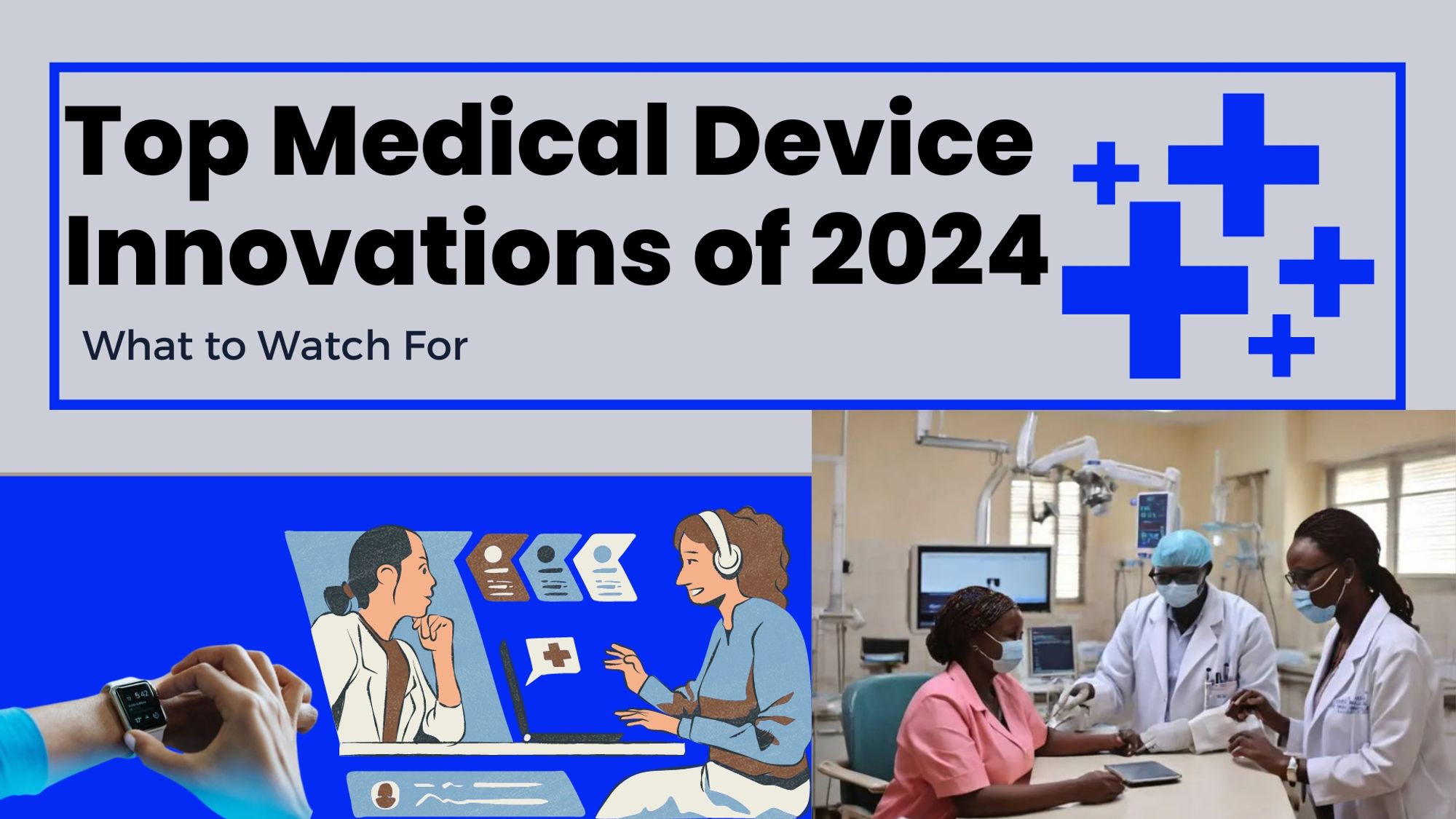How Telemedicine is Revolutionizing Healthcare in 2024

Key Points
- Remote patient monitoring
- Virtual consultations
- AI in telehealth
Telemedicine has been a growing field for years, but 2024 marks a turning point in its adoption and impact on healthcare. With advancements in technology and a global push toward remote healthcare solutions, telemedicine is transforming the way patients receive care and how doctors deliver it.
The impact of telemedicine goes beyond convenience. It’s fundamentally changing how healthcare is delivered, making it more accessible, efficient, and patient-centered. As we delve into the key aspects of telemedicine’s evolution, we can appreciate how it is revolutionizing the healthcare landscape in 2024.

Remote Patient Monitoring: Continuous Care
In 2024, remote patient monitoring is becoming a standard practice for managing chronic diseases like diabetes, hypertension, and heart conditions. These systems enable healthcare providers to monitor patients’ vital signs and health metrics in real-time, providing timely interventions and reducing hospital visits.
RPM technologies utilize various devices, including wearable sensors, mobile health apps, and connected medical equipment. These tools not only facilitate continuous health monitoring but also empower patients to take an active role in their care. By keeping patients engaged in their health management, RPM can lead to improved adherence to treatment plans and better overall health outcomes.
Virtual Consultations: Healthcare at your Fingertips
Virtual consultations have become a mainstream method for patient-doctor interactions. Whether you’re dealing with a minor ailment or require a specialist’s opinion, telemedicine makes it easier than ever to connect with healthcare providers from anywhere in the world.
Moreover, virtual consultations provide flexibility for both patients and healthcare professionals. Patients can schedule appointments that fit their lifestyles, while providers can manage their time more efficiently. This adaptability is particularly crucial as healthcare systems worldwide continue to grapple with staff shortages and rising patient demands.
AI in Telehealth: Enhancing Diagnoses and Treatment
Artificial Intelligence (AI) is playing a pivotal role in telemedicine, assisting doctors in diagnosing and treating patients remotely. In 2024, AI-driven chatbots and virtual assistants are helping triage patients, offer preliminary diagnoses, and even suggest treatment plans based on vast amounts of data.
For instance, AI algorithms can analyze symptoms and medical histories to suggest possible diagnoses, allowing healthcare providers to prioritize urgent cases and allocate resources more effectively. This shift not only optimizes the use of healthcare professionals’ time but also reduces the likelihood of misdiagnosis, ensuring patients receive the appropriate care sooner.
Improved Accessibility: Bridging the Gap
One of the most significant advantages of telemedicine is its potential to improve accessibility to healthcare services. Patients who previously faced barriers—such as geographical distance, mobility issues, or a lack of nearby specialists—now have the opportunity to receive quality care without the constraints of traditional healthcare models. Telemedicine platforms can provide services in multiple languages, cater to various cultural contexts, and offer accommodations for individuals with disabilities. As a result, healthcare becomes more inclusive, reaching populations that have historically been underserved or marginalized. This improved accessibility not only enhances patient satisfaction but also promotes health equity across diverse communities.
While telemedicine offers numerous benefits, it also faces challenges that must be addressed to ensure its success:
- Data Privacy and Security: Telemedicine heavily relies on digital communication, making the security and privacy of patient data paramount. In 2024, the industry must continue prioritizing data protection measures to maintain trust and comply with regulations.
- Technology Accessibility: For telemedicine to be truly transformative, it must be accessible to all patients, regardless of their tech-savviness or access to devices. Bridging the digital divide is a critical challenge that healthcare providers and tech companies must tackle.
- Regulatory and Reimbursement Issues: Navigating the regulatory landscape and ensuring adequate reimbursement for telemedicine services by insurance providers is essential for the field’s continued growth. In 2024, the industry needs to collaborate closely with policymakers to establish clear guidelines and reimbursement models.
The widespread adoption of telemedicine in 2024 is poised to reshape the healthcare landscape. By making healthcare more accessible, efficient, and patient-centered, telemedicine has the potential to improve outcomes and reduce costs. However, for this transformation to be successful, all stakeholders—healthcare providers, technology companies, and policymakers—must work collaboratively to overcome the challenges.
Healthcare providers and patients alike must stay informed about the latest developments in telemedicine. Whether learning about new technologies or understanding regulatory changes, remaining up to date will be key to maximizing the benefits of telemedicine. Educational initiatives, workshops, and community outreach programs can play a vital role in increasing awareness and engagement with telehealth services.
As we progress further into 2024, telemedicine will continue to play a crucial role in the healthcare ecosystem. Its ability to provide convenient, timely, and patient-centered care represents a significant leap forward in the way healthcare is delivered. While telemedicine allows patients to consult with their doctors from the comfort of their homes, it is important to remember that traditional healthcare practices still hold value.
In conclusion, the integration of telemedicine into everyday healthcare practices offers immense potential for improving health outcomes and enhancing patient experiences. By embracing these advancements, we can all benefit from a more connected, efficient, and patient-centered approach to healthcare. As the healthcare landscape evolves, it is essential for all stakeholders to remain proactive in addressing challenges and maximizing the transformative power of telemedicine.

